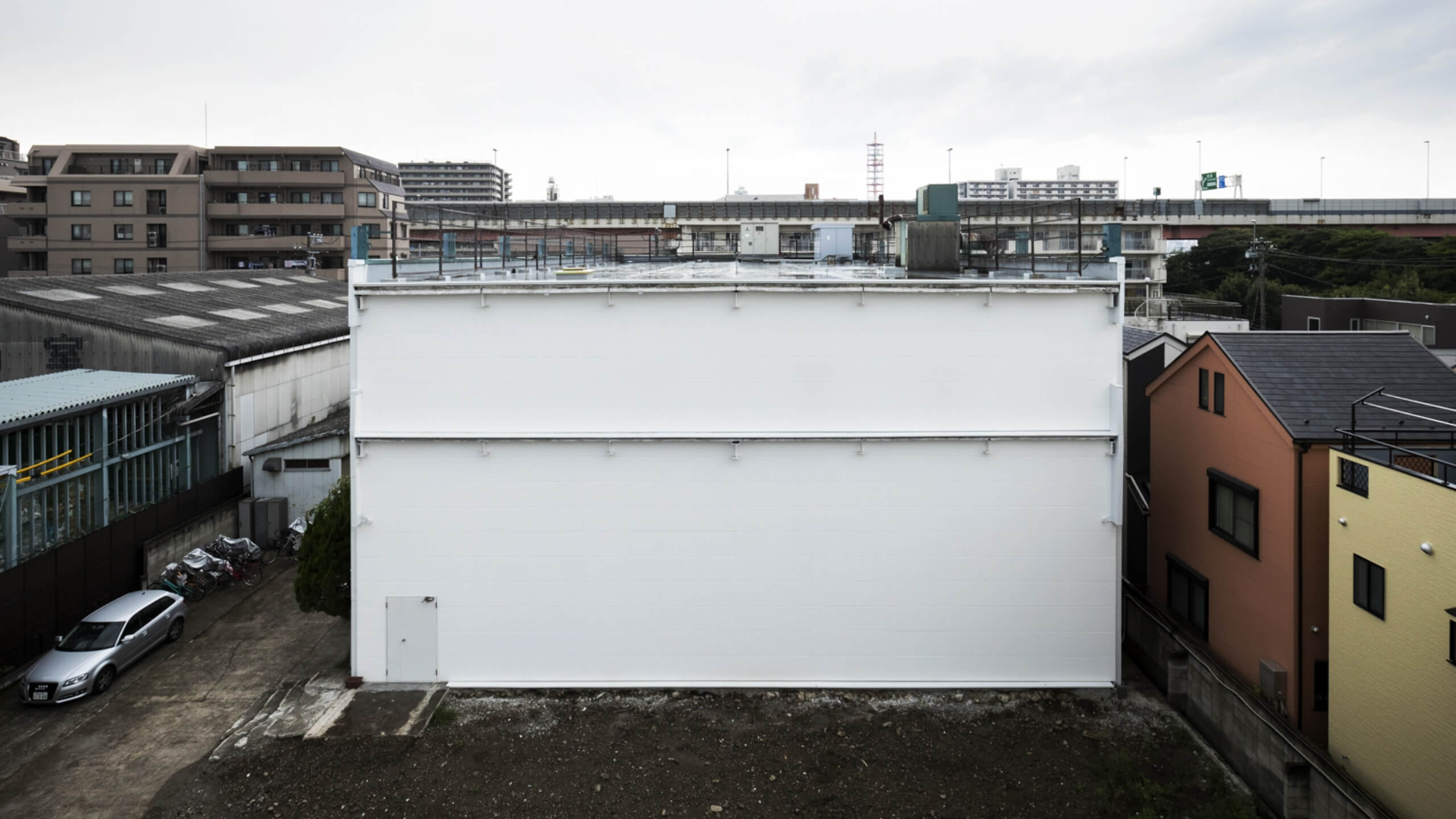
CONCEPT
東京恵比寿に建つ築40年になるマンションの改修。近代的な赴きのある建物であり、当時の図面を見ると丁寧に設計されているのがわかる一方、幾度となく繰り返された改修によってツギハギ状の奇妙なプランになっていた。そこで、床壁天井をはがし、当時の足跡を探っていくと、いろんな発見に出会うこととなった。それらひとつひとつに対して丁寧に手を加えていく作業は宝探しのようで、当時の設計士との対話をしているような感覚を覚えた。 まずは天井のコンクリート。現代の生真面目な日本人では再現不可能なラフな仕上げである。今後旧耐震の建築物が次々と壊されていく中で、この時代のナチュラル・ダメージ・フィニッシュは稀少となることは間違い無い。次にキッチン横の壁面から当時のタイルが現れた。もともと白だったのかベージュだったのかよくわからないが、長年の油汚れで絶妙なオイル仕上げとなっている。そこで剥離のないきれいなタイル部分を木枠で切り取り、棚をつくり当時の壁面に「窓」をつくった。また次にみつけたのは換気口だ。壁裏に塞がれた換気口が出てきたのでこちらはペアガラスを入れて光を取り入れ、かつ断熱効果を高める「窓」に修繕した。 いろんな「窓」をつくり、フレーミングすることで、40年前の価値を現代に開くことができたように思う。
This project involved the renovation of a 40 year old apartment building in Ebisu, Tokyo. The building had a modern character, and looking back at the original drawings revealed how carefully it had once been designed. However, repeated renovations over the years had left the floor plan patchworked and oddly distorted. Stripping away the floors, walls, and ceilings became a process of uncovering traces of the past, leading to unexpected discoveries at every step. Working carefully with each of these findings felt like a treasure hunt, or even like having a dialogue with the original architect.
First, the exposed concrete ceiling revealed a rough finish texture, so raw that no contemporary, meticulous Japanese builder could reproduce it today. With the demolition of many pre-earthquake code buildings on the horizon, such naturally aged finishes will undoubtedly become rare.
Next, tiles emerged from a wall beside the kitchen. It was unclear whether they had originally been white or beige, but decades of oil stains had given them a unique, accidental “oil finish.” By cutting out an intact section of the tiles within a timber frame, a shelf was created, turning the old surface into a new “window” onto the past.
Another discovery was a ventilation duct, long sealed within the wall. Here, it was repaired with paired glass to admit light while improving insulation, transforming it into another kind of “window.”
By creating and framing these various “windows,” we sought to open up the values embedded in the building 40 years ago and reintroduce them into the present.








